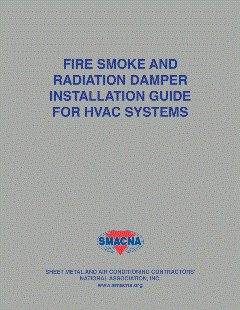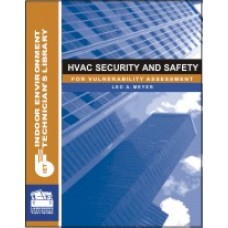ALBUQUERQUE, N.M. — Nearly a decade ago, Tony Kocurek, owner of Energy Balance Integration LLC, stumbled on an emerging market.
Technicians were completing testing and balancing (TAB) work at a local hospital when administration asked them to look at a report generated by a nonunion company. The report stated there were 100 fire and smoke dampers in the facility.
After a thorough investigation of blueprints and old engineering records, more than 300 dampers were found. The incomplete report neglected more than half the dampers in the facility. Kocurek was floored.
“They marked VAV (variable air volume) boxes as dampers,” he said. “They didn’t know what they were asked to inspect. And we found a 50 to 60 percent failure rate of the dampers we found.” Soon, hospitals owned by the same parent company asked for similar inspections of their facilities.
A decade ago, before the issues concerning fire life safety came to the forefront of the industry, sheet metal workers hanging duct in a new building didn’t think much about dampers, what they did, or how they operated. Today, many training centers require Fire and Smoke Damper and Smoke Control Systems certifications in order to graduate, and with those who haven’t had the training, light bulbs go on as they listen to Kocurek speak about the importance of fire life safety systems, their inspection, and maintenance.
“I took a lot of pride in the ductwork Local 49 sheet metal workers built and installed, and I was surprised we had a 50 percent failure rate on smoke and fire dampers,” Kocurek said. “As a sheet metal worker, I know a lot of guys don’t think much about fire and smoke dampers. It was something they just threw into a wall. I thought that needed to be brought to light. That’s our industry. That’s what we do.”
Publication date: 5/23/2019
Want more HVAC industry news and information? Join The NEWS on Facebook, Twitter, and LinkedIn today!





